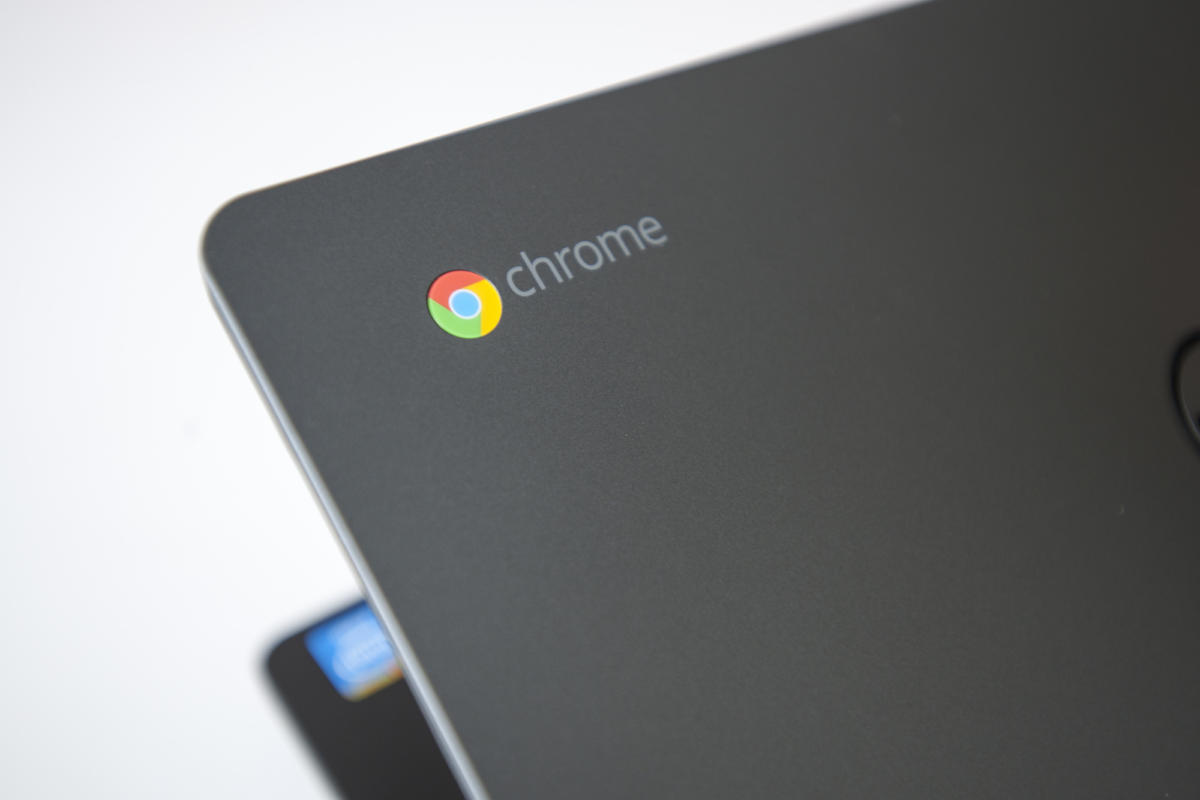(adsbygoogle = window.adsbygoogle || []).push({});
Updated
Watch out, Intel? Google may start making its own Arm-based CPU for Chromebooks, following in the footsteps of Apple’s M1 chip.

Michael Homnick / IDG
Today’s Best Tech Deals
Picked by PCWorld’s Editors
Top Deals On Great Products
Picked by Techconnect’s Editors
Just like Apple with its homegrown M1 chip, Google may be building its own Arm-based CPU to run Chromebooks, according a recent news reports.
Citing three different unnamed sources, Nikkei Asia said Google is building its own processor for use in laptops and tablets running ChromeOS, with a targeted release date of 2023.
Chromebooks have been tearing up sales charts and dominating in schools due to their low cost, easy maintenance, and close paring with Google services. In fact, laptops using ChromeOS have been slowly eating into Microsoft’s Windows share of the market pie, and now actually outsell MacBooks.
The vast majority of Chromebooks run Intel’s lower-cost x86 chips but it’s not the only player. AMD has had decent success in ChromeOS as well of late. There are also numerous Chrombooks running Arm-based chips from MediaTek and Qualcomm available. At one point, even Nvidia offered its Arm-based Tegra on Chromebooks. Intel is still considered the largest player though, so a move by Google to introduce its own in-house design from Chromebooks could signal a shakeup of things to come—especially so hot on the heels of Apple’s own M1 transition.
So what’s spurring this rush to make their own chips?
Analyst Patrick Moorhead of Moor Insights Strategy said he thinks they may just be jelly.
“Overall, I think many companies are having some ‘Apple-envy’ given how much money Apple makes from its devices. Apple competitors see Apple doing its own chips, tailor-fit to special experiences, and want to do the same thing,” Moorhead told PCWorld. “I like the idea and notion of special experiences but to be fully successful, it takes a tremendous amount of investment, a tolerance for risk, and the requirement to leverage 10s if not 100s of millions of units.”
Moorhead did note that Arm does make it a lot easier at least—but competing with AMD or Intel isn’t for penny slot players, it’s only for high-rollers.
“With Arm’s IP structure and the increased ease of integrating special ASICs for special capabilities into chips, it’s not nearly as hard to create an SOC as it was before,” he said. “Only when volumes get to tens, maybe hundreds of millions do any cost advantages appear. To compete with an AMD or Intel, any chipmaker also needs to invest billions in [capital expenditure] into foundries to get the leading-edge production.”
Analyst Kevin Krewell with Tiras Research largely concurs and said he believes companies desire for customized silicon is driving it and the demand is enough to get even Intel to change its ways.
“Companies are looking for customized silicon optimized for their applications,” Krewell said. “Arm cores are now more performant and can used to build custom silicon.
In the past you couldn’t get custom silicon from Intel, but that is starting to change.”
Note: When you purchase something after clicking links in our articles, we may earn a small commission. Read our affiliate link policy for more details.
One of founding fathers of hardcore tech reporting, Gordon has been covering PCs and components since 1998.
Leave a Reply Cancel reply
document.addEventListener(‘DOMContentLoaded’,function(){var commentForms=document.getElementsByClassName(‘jetpack_remote_comment’);for(var i=0;i<commentForms.length;i++){commentForms[i].allowTransparency=false;commentForms.scrolling='no';}}); <!–
